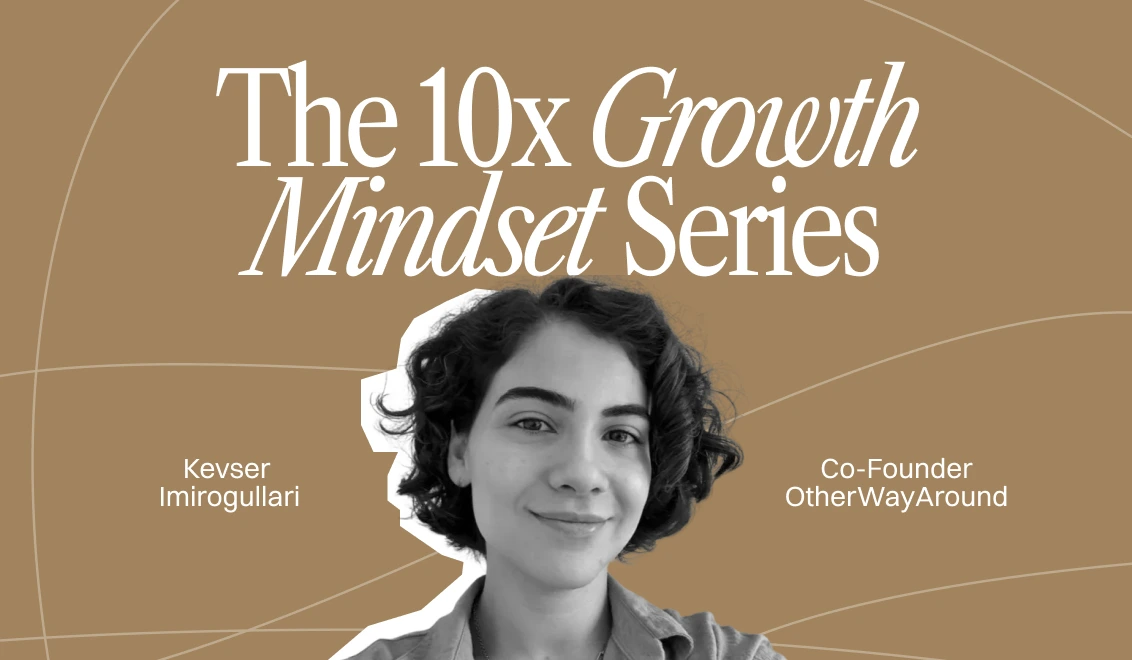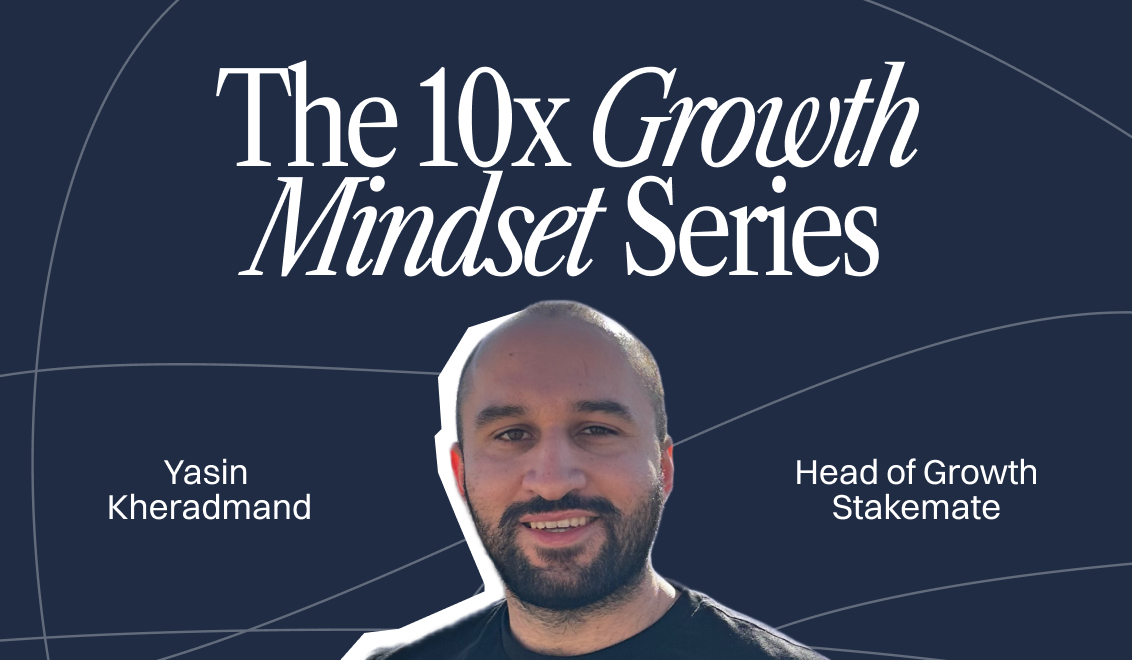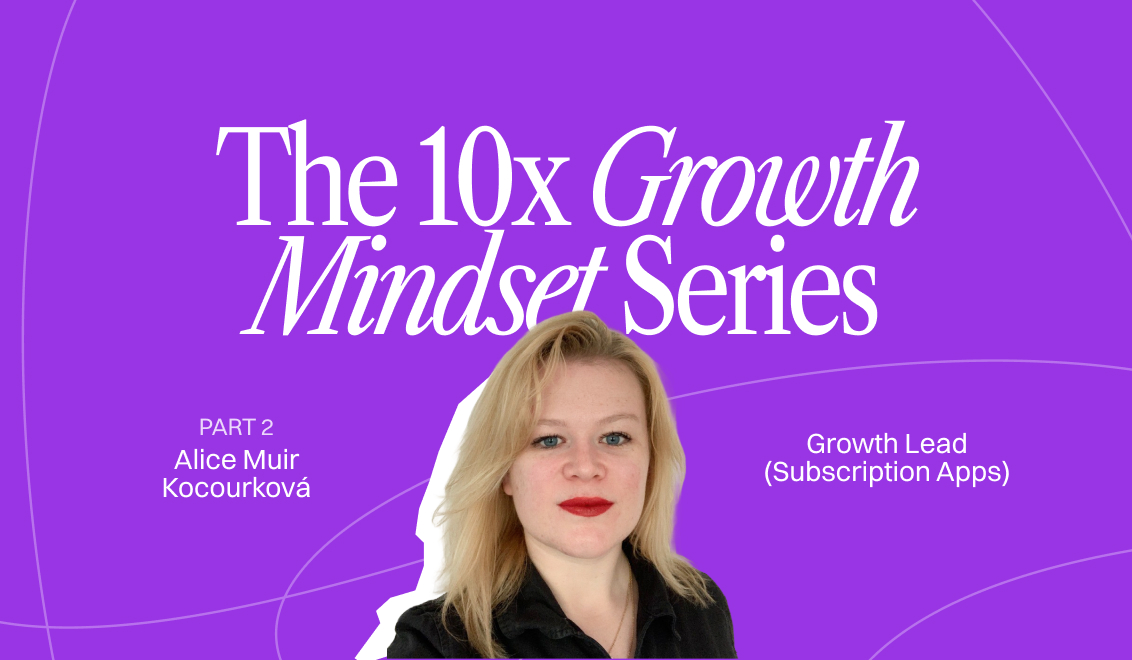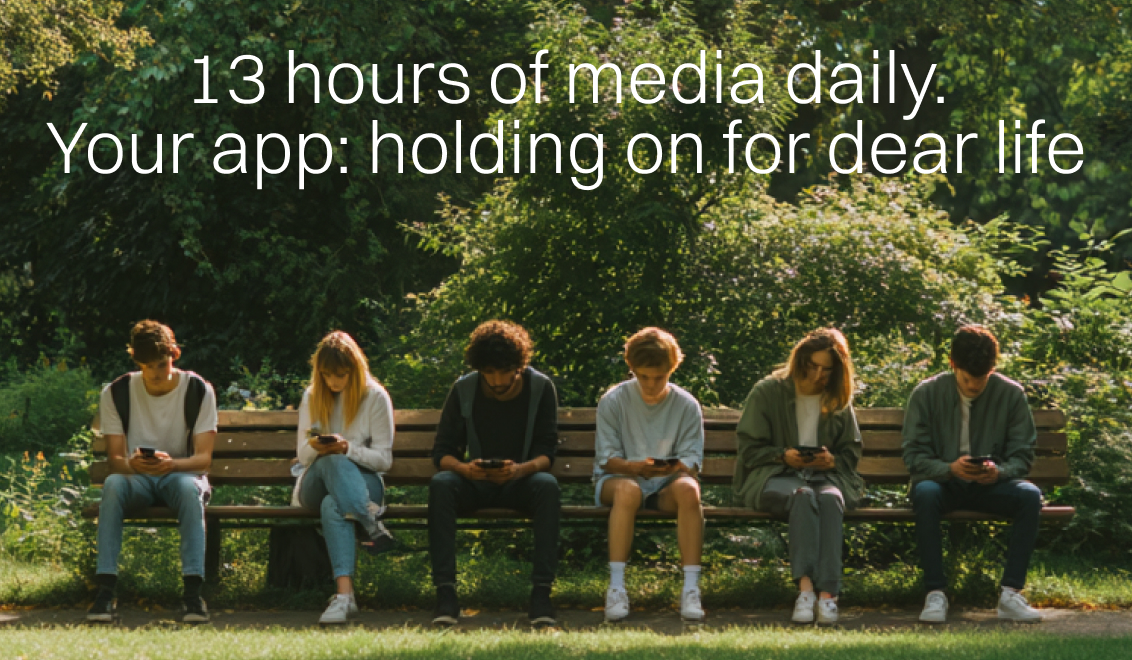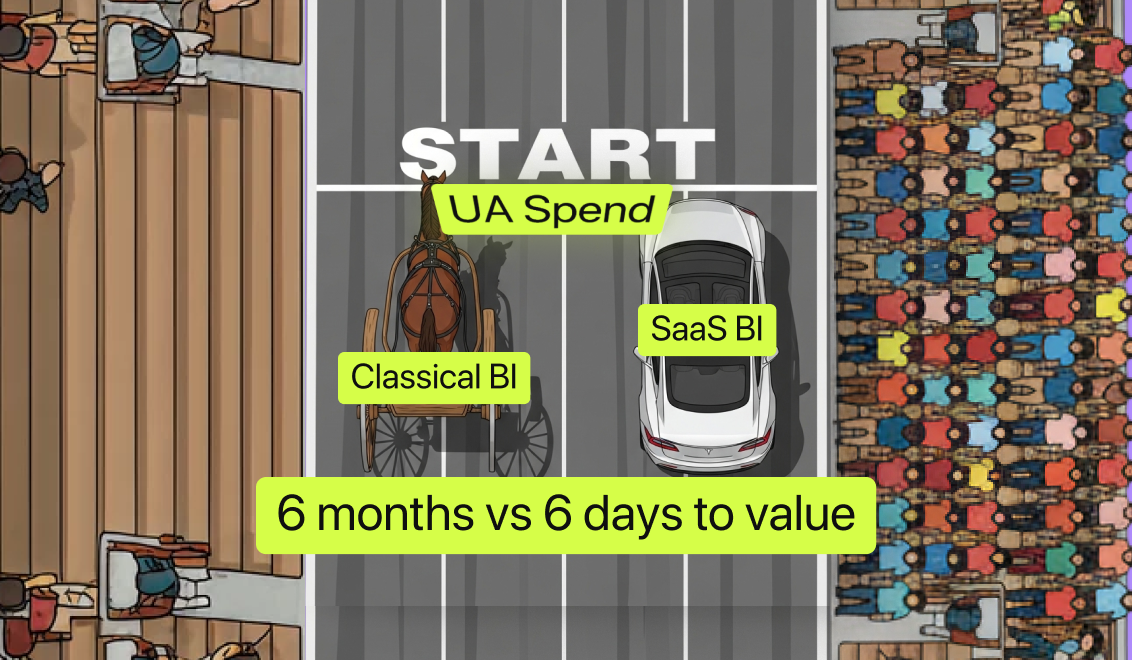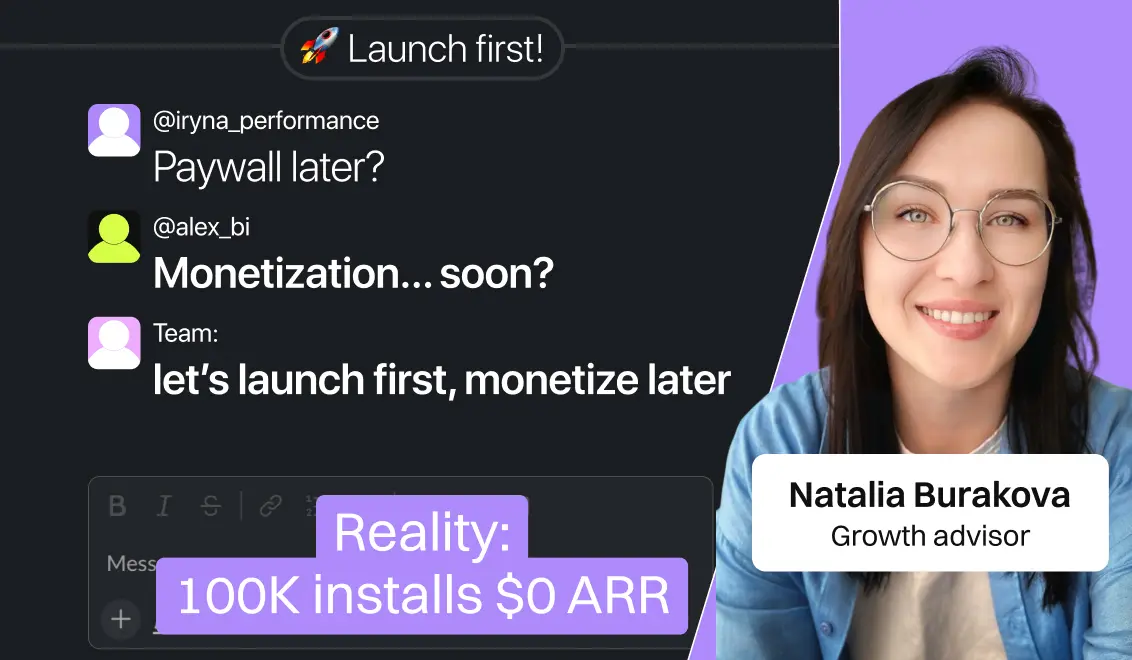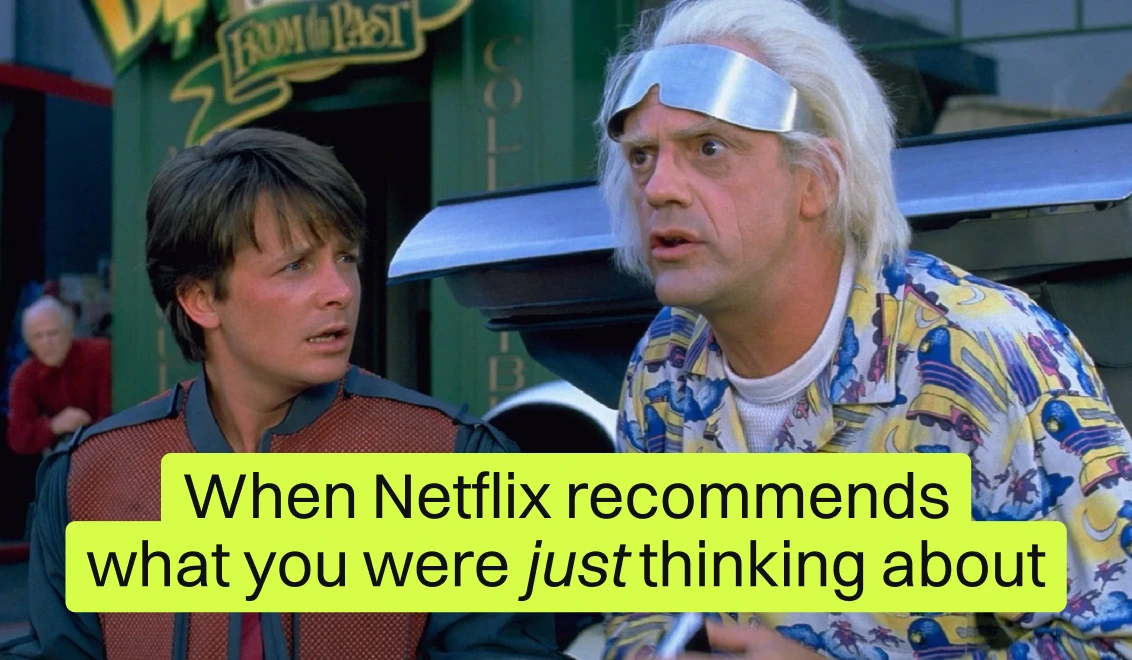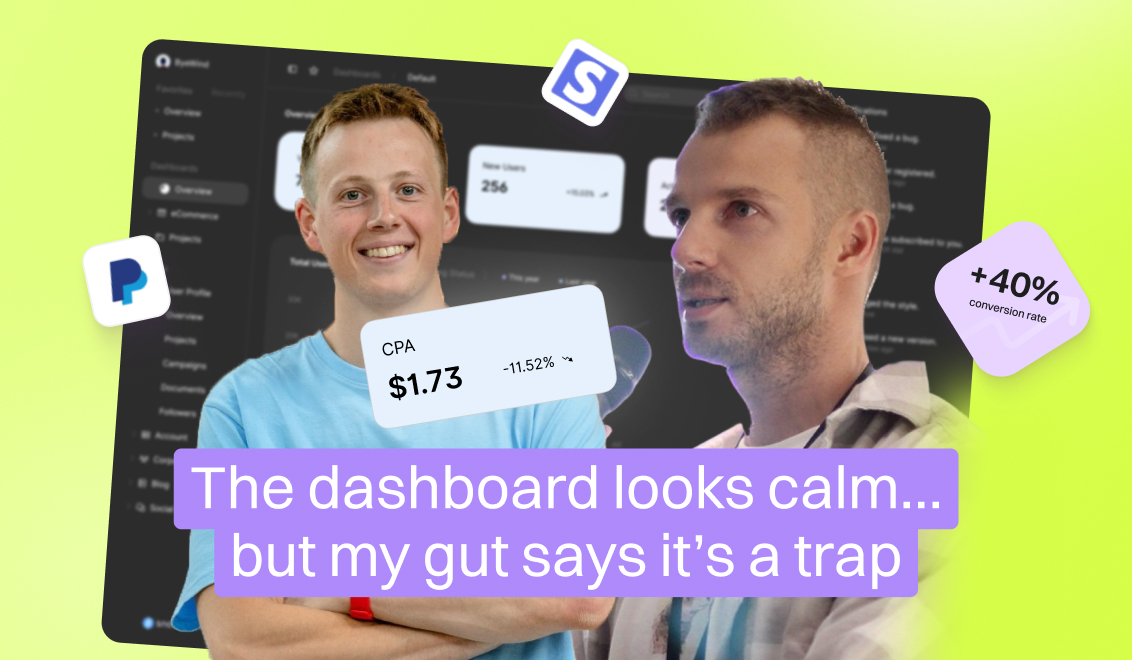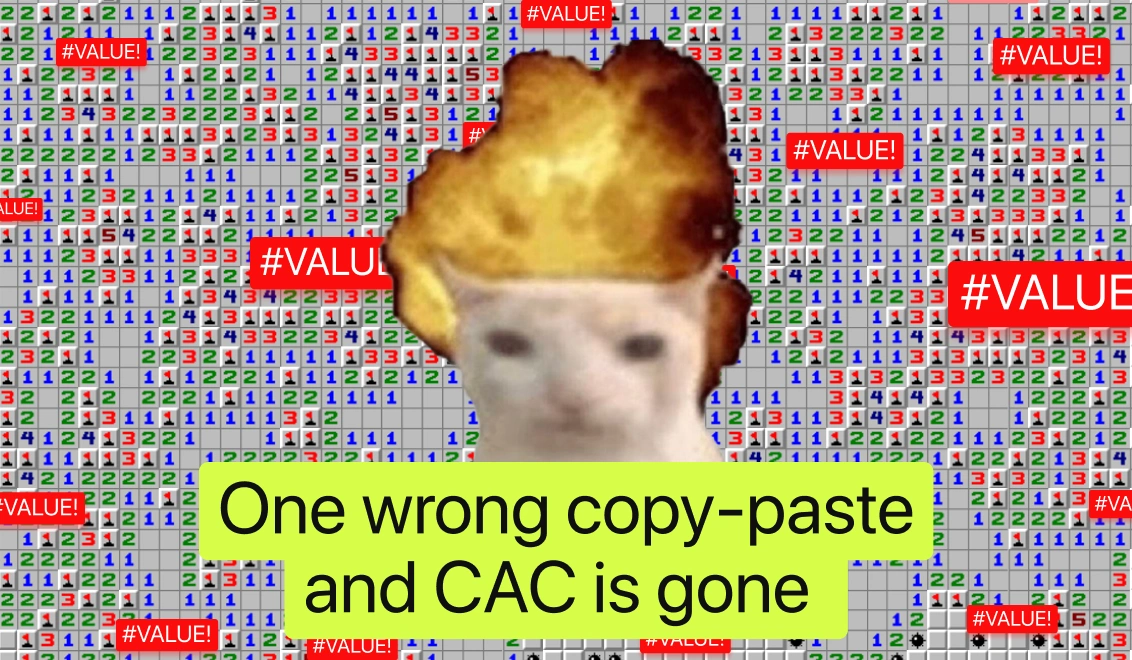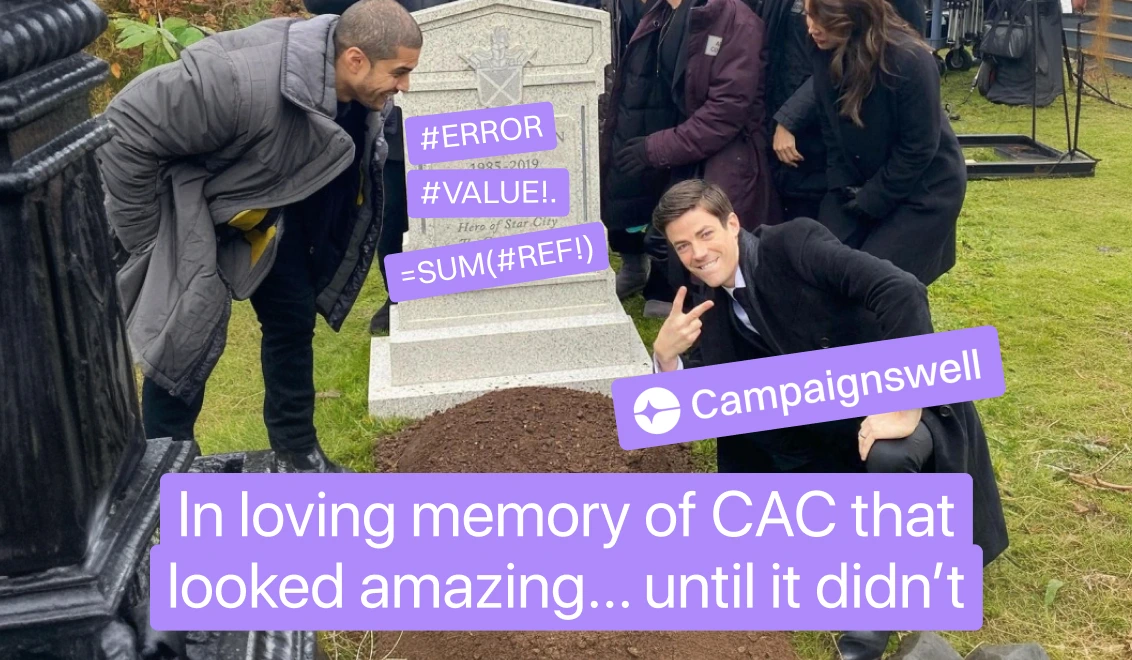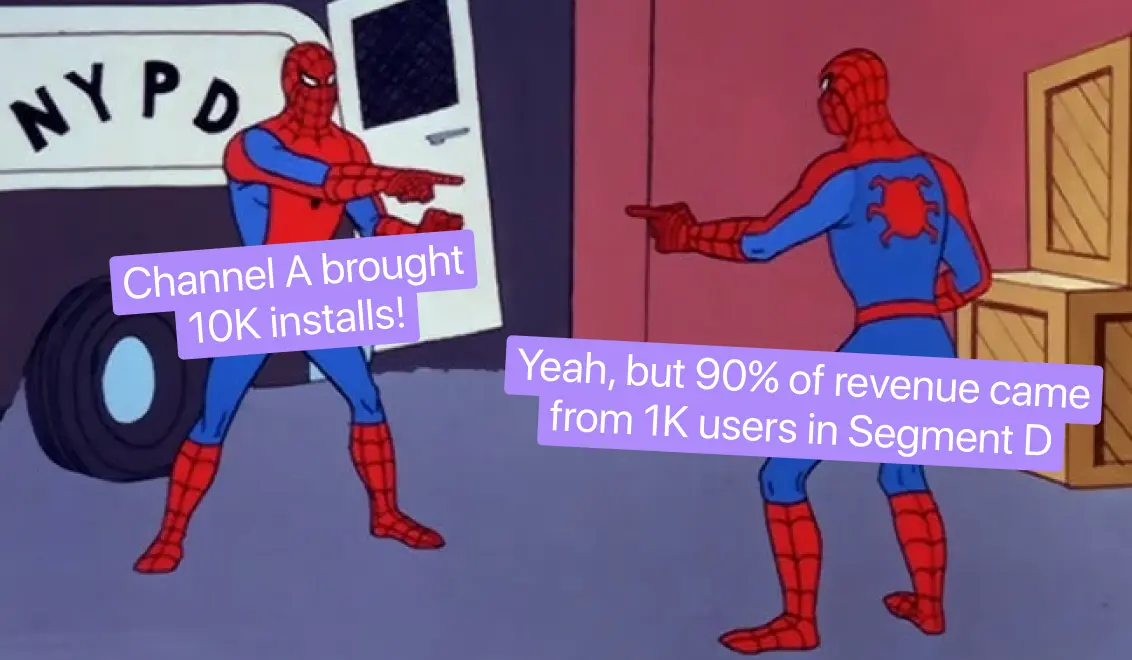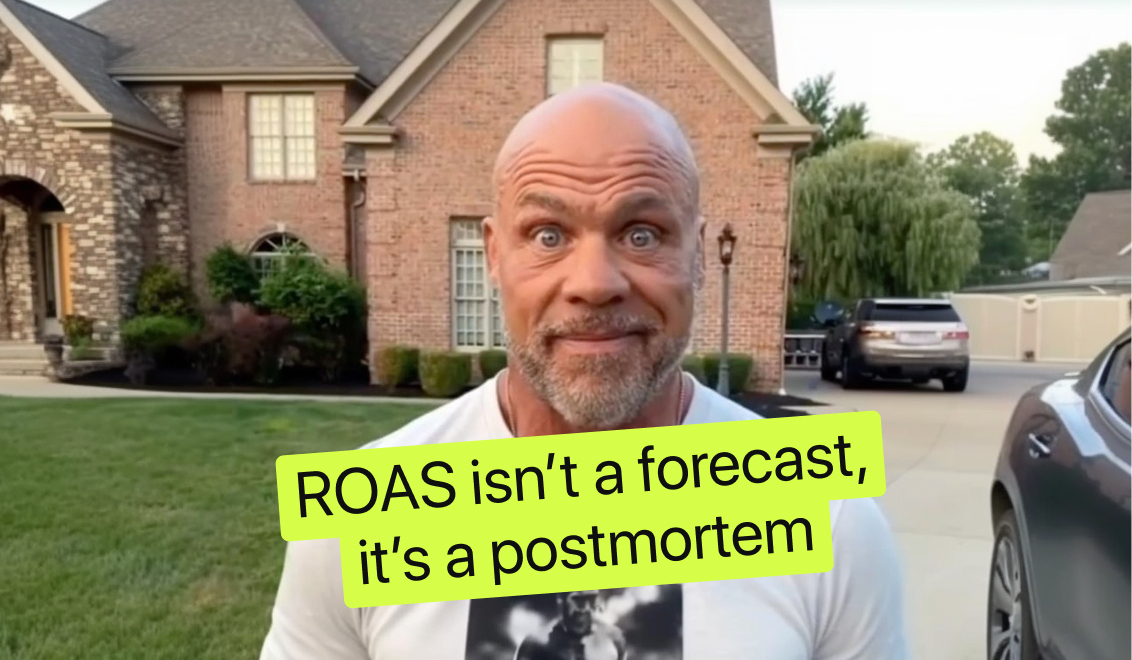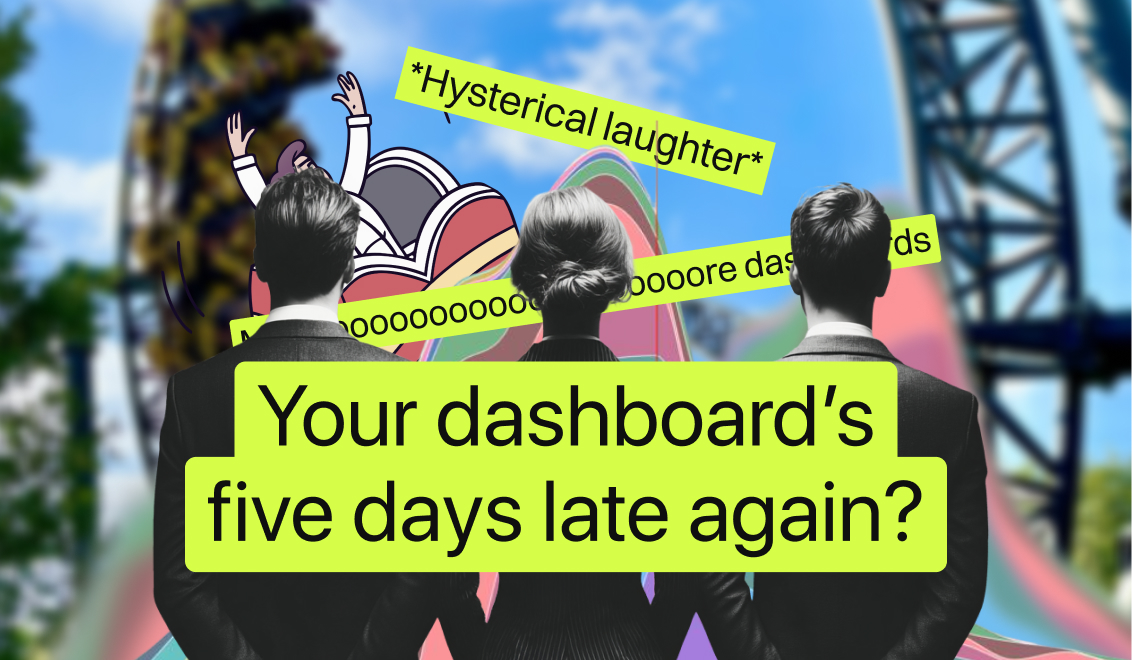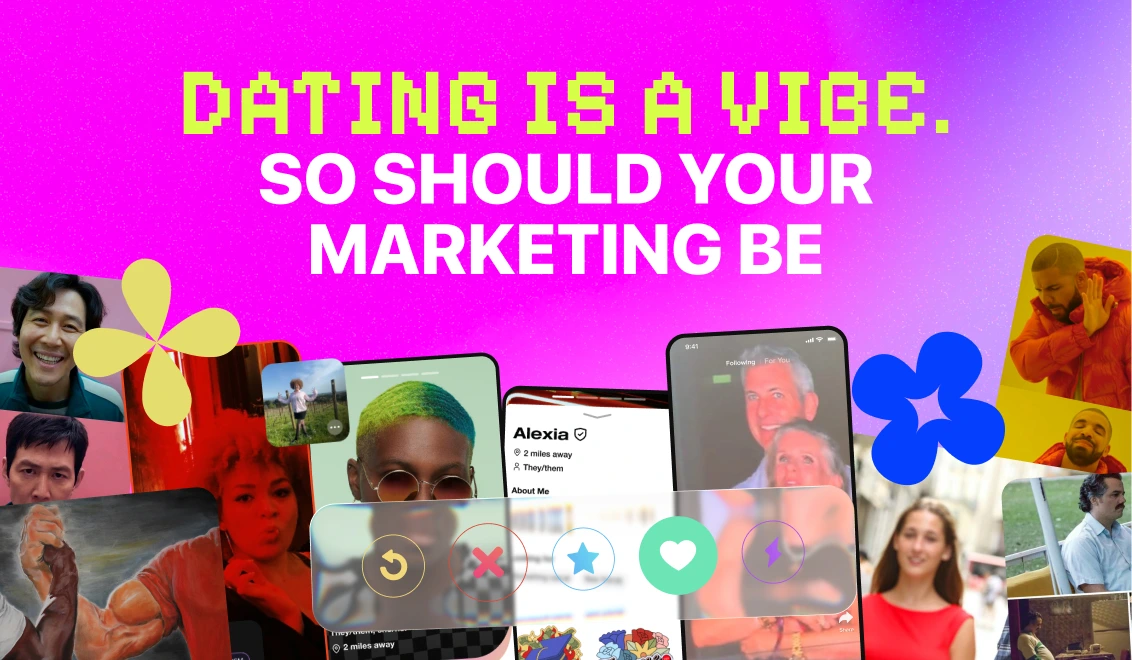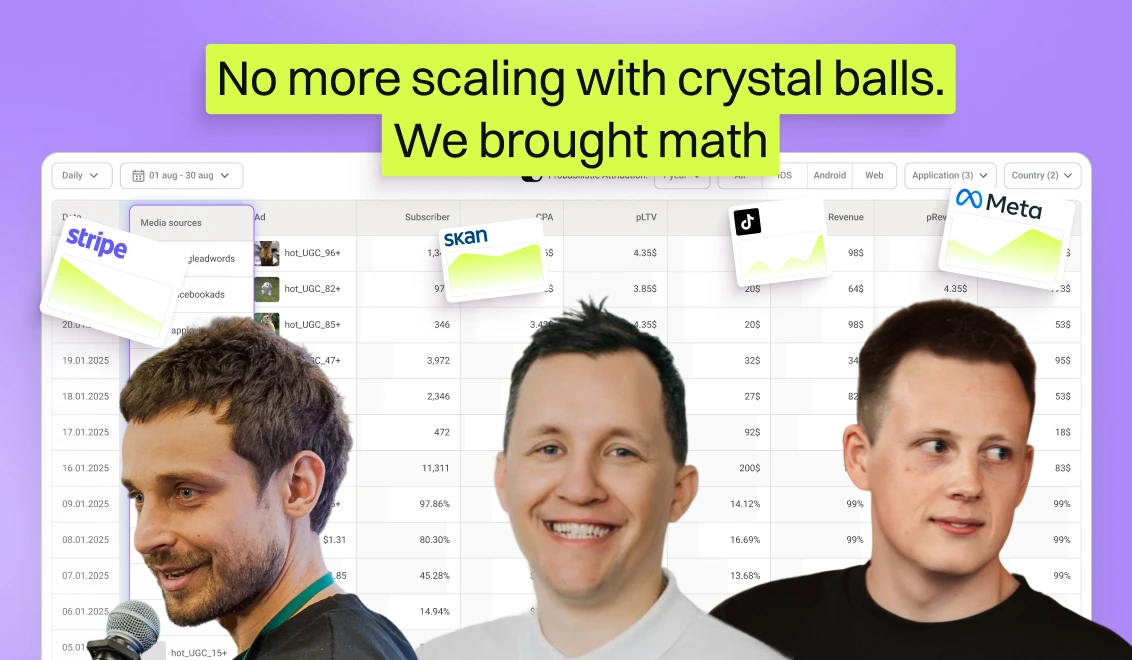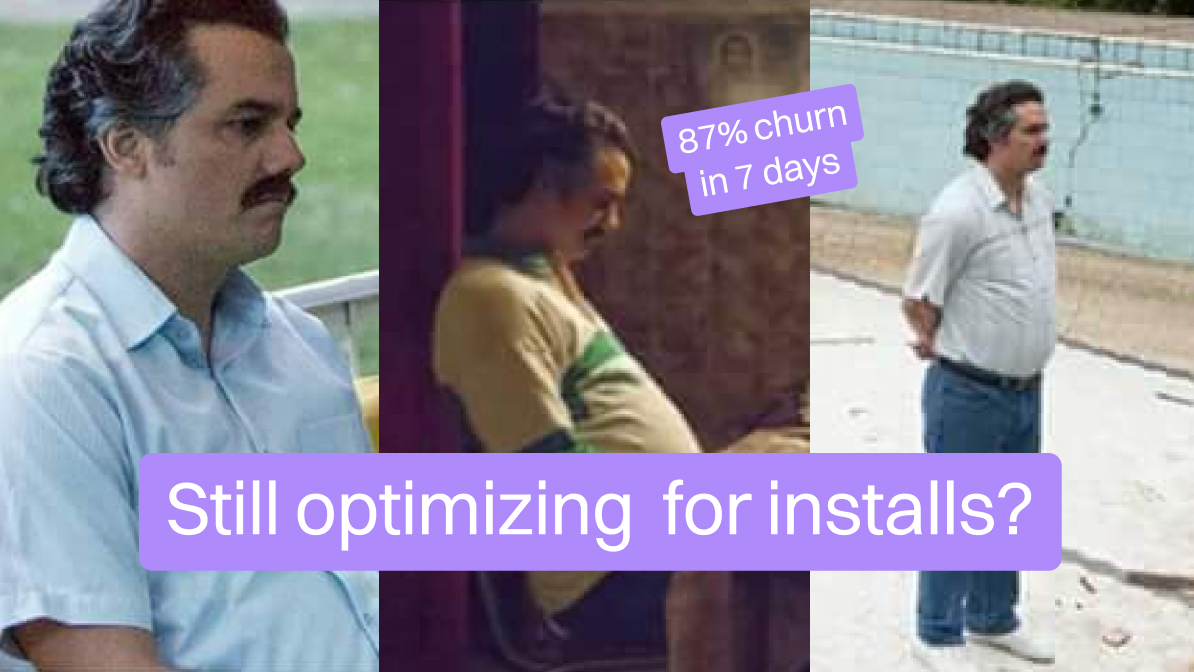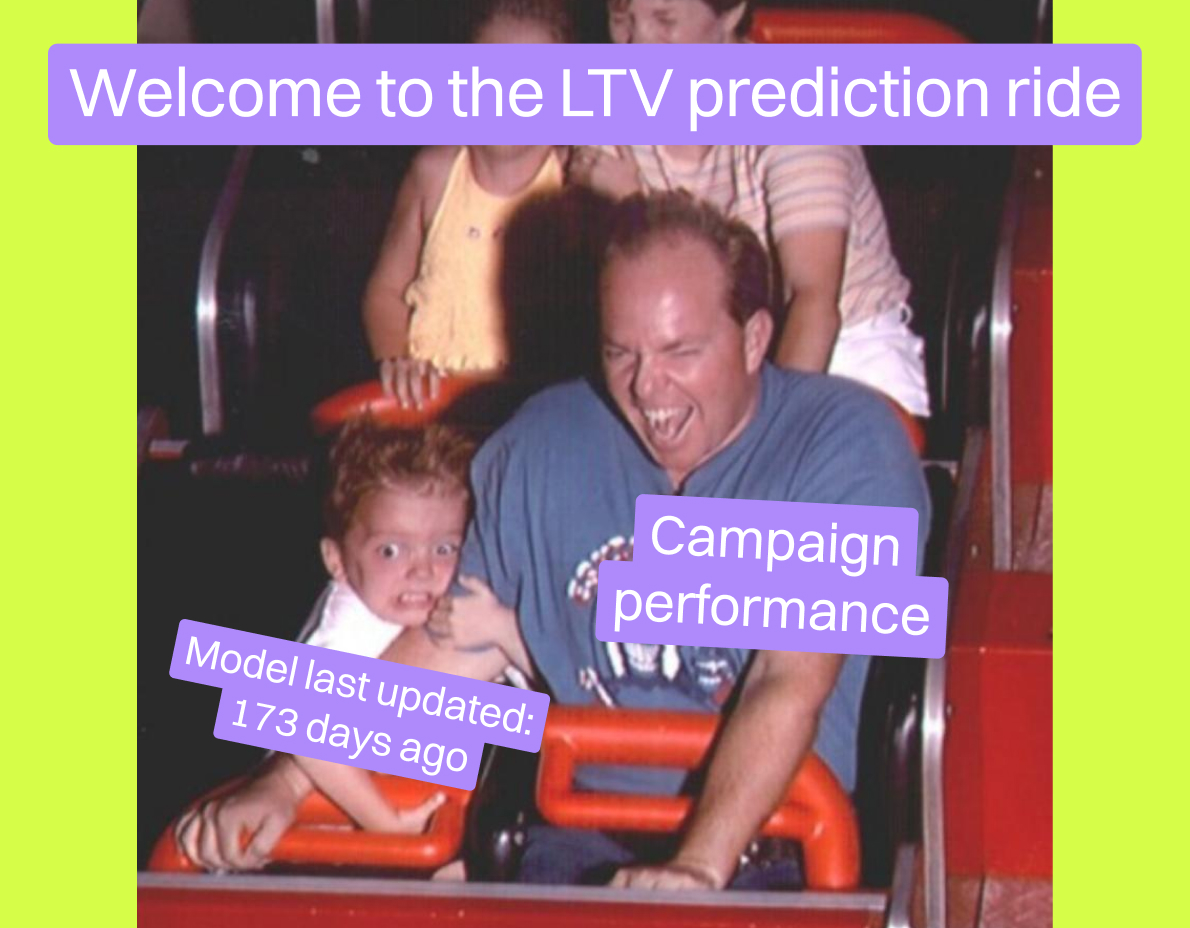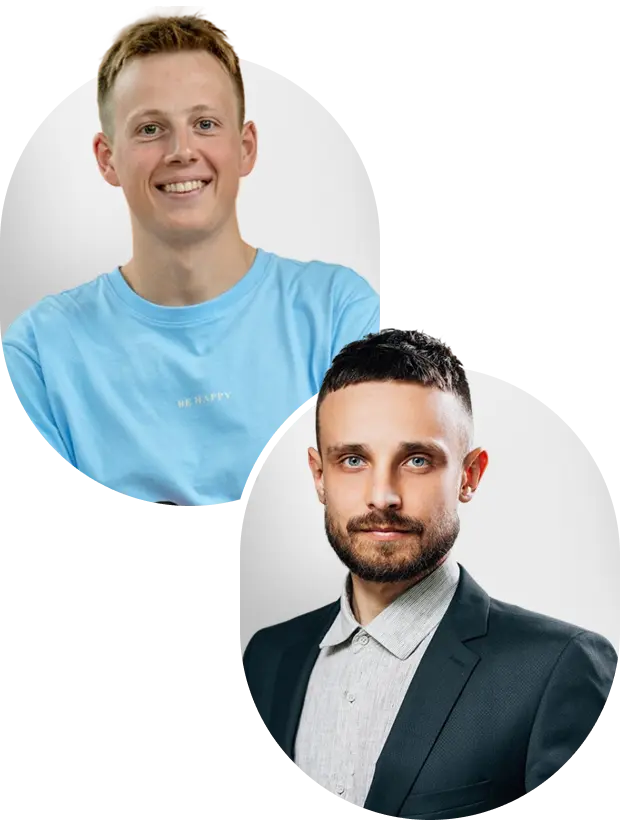The 10× Growth Mindset: Strategic Playbook from a Subscription App Growth Expert
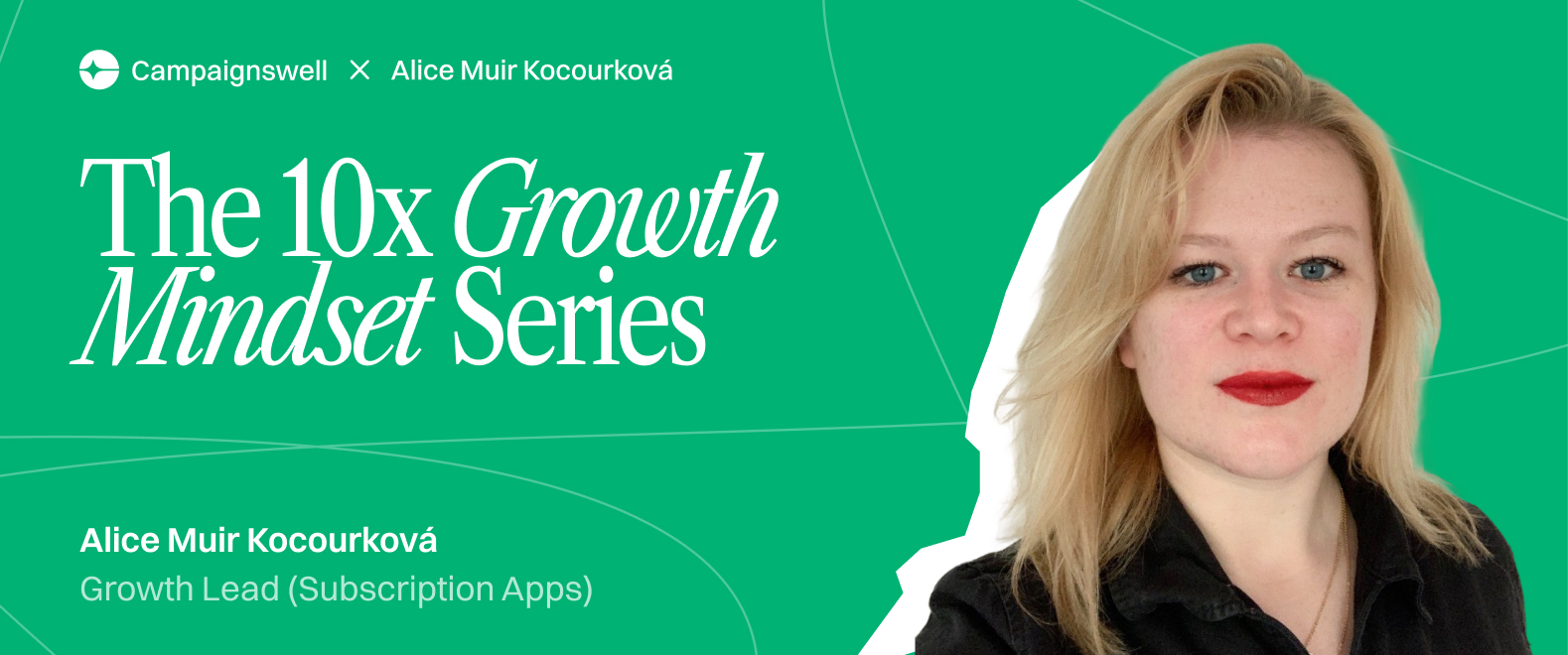
Welcome to 10× Growth Mindset, our slightly obsessive quest to answer a simple question: why do some apps stack wins while others run on a treadmill. We have a working theory. The real unlock is how you think and how well you understand the machine, the mental models, the fundamentals, the ability to see a funnel as a living system. Tactics and cheat codes are welcome guests, just not the ones calling the shots.
This series brings in operators who have shipped results across a lot of apps. They will share decision rules, pattern recognition, and field notes you can actually use, whatever stage you are in. If you came for a secret bid hack, we still like you, park it for later while we tune the mindset first. Once the head is right, the plays land harder and stick long.
<highlight-pink>Meet our first co-conspirator<highlight-pink> in this series, Alice Muir Kocourková.
Alice Muir Kocourková is a performance-obsessed, product-fluent growth marketer with more than six years working on mobile subscriptions. She moves comfortably across experimentation, lifecycle automation, and cross-functional collaboration, and she has shipped work for brands like VSCO, Adobe, and Headspace. In her latest chapter she adds acquisition, bringing in audiences who clearly match the product’s promise and closing the loop across the journey. Her trademark is simple: find the insight, turn it into ROI, and do it quickly.
This interview comes in two parts. Today’s is the strategic one, all about frameworks, thinking, and mental models behind growth. Next week we’ll switch gears to the practical side: pricing moves, paywall experiments, and the kind of small levers that make a big dent. Stay tuned.
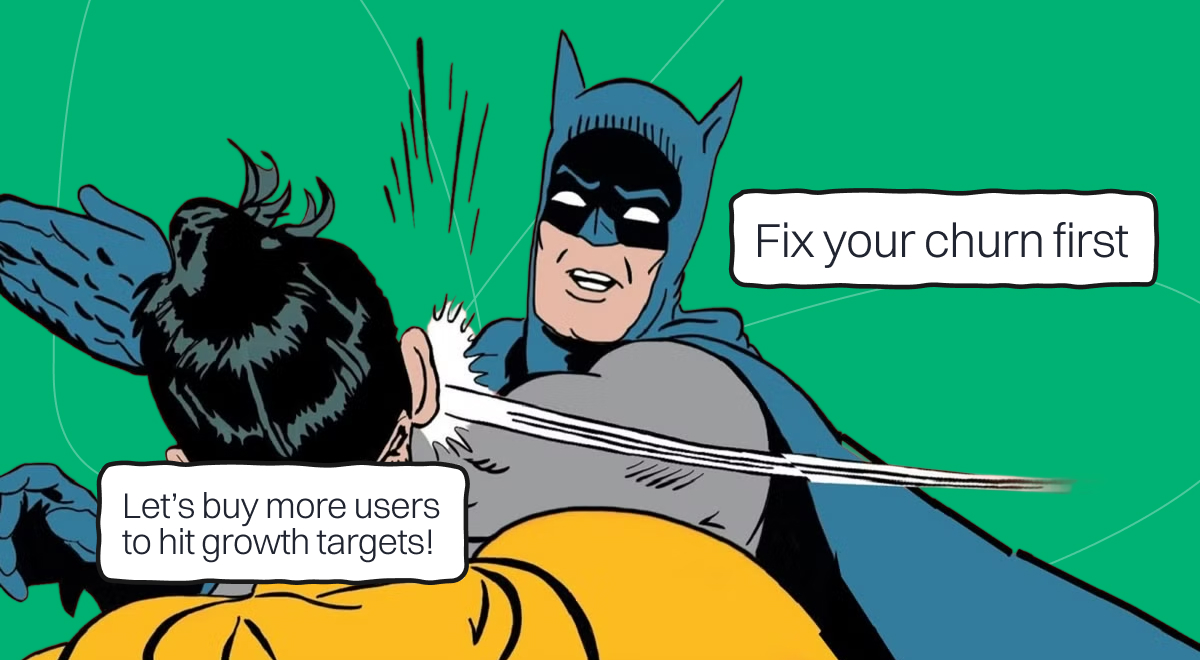
Do founders need 10× ambitions to succeed, and when is 10× realistic?
Campaignswell: Should every team aim for 10×?
Alice: I’m all for big targets, and the stage really shapes what 10× looks like. One thing I’ve noticed in my career: when an app is early and lightly optimized, 10× feels achievable because there’s clear headroom: cleaner onboarding, more trial starts, better trial-to-paid flow, faster value in the first session. When a product is already mature, the route changes. You get there through a portfolio of improvements that compound over time: pricing and packaging work, steady retention lifts, smoother renewals, stronger lifecycle. The ambition stays the same; the path depends on where you’re starting.
First diagnostic: what tells you that 10× is on the table?
Campaignswell: When you think about a subscription app aiming for 10x growth, what’s the first thing you look at to judge if it’s even realistic?
Alice: I start with the install-to-paid conversion funnel. If conversion sits under about three percent, there’s clear headroom. The path to 10× will look very different than for an app already converting around 6-7%.
I also look at market size and intent signals: are we in a category with real demand, do we have product–market fit, and can we reach more of the right audience by expanding into non-adjacent use cases? This is a big part of the subscriptions framework I built with Phiture: asking whether there are untapped audiences who have a use case for the product but use it differently.
My go-to example is Headspace. It’s primarily a meditation app, then it expanded into mindful exercise and mindful sleep. Sleepcasts apply the same techniques from meditation to sleep. Those are two additional audiences beyond the core meditators who can still fit the product well.
So the summary is simple: understand what the current funnel looks like and how much optimization room you have versus industry benchmarks, check market size and product–market fit signals, and then ask whether there are other audiences you can serve that haven’t been addressed yet.
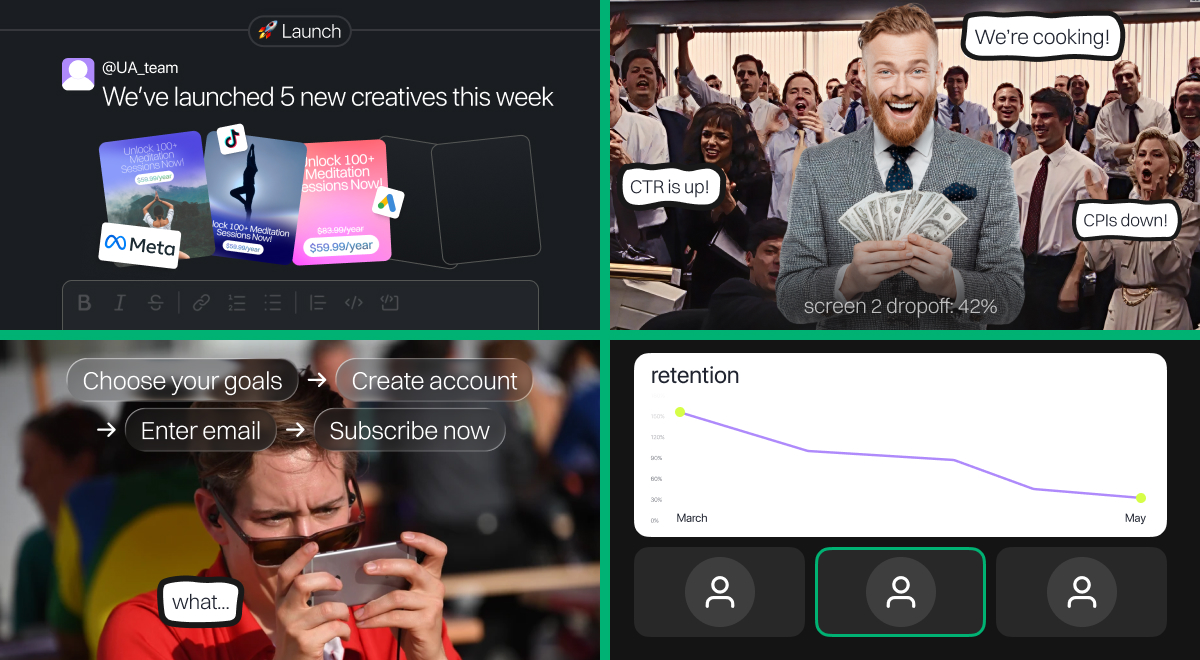
Patterns that separate winners
Campaignswell: From the dozens of apps you’ve worked with, what patterns consistently separated the ones that broke through from the ones that plateaued?
Alice: The teams that succeed <highlight-pink>treat price and packaging as ongoing experiments<highlight-pink>. They don’t set a number once and walk away; they keep testing, check that pricing makes sense for the audience they actually have, and account for external factors. A very practical example is seasonality: in a low season you wouldn’t charge the same as in a high season, so you plan for subscription pauses and off-season discounts.
From my early career I’d add early retention hooks. You want people to reach the “aha” moment quickly and with guidance. If the product is, say, a pocket music recorder studio or an AI music generation app, you don’t drop a new user into a blank interface; you take them straight into the studio and walk them through the first steps with prompts or in-app messages so they create their first song right away. That guided success teaches them how to continue using the product.
Finally, I’m a big believer in <highlight-pink>aligning team incentives directly to revenue growth<highlight-pink>. From day one, align the whole team on a single North Star; installs and other vanity counters stay in the background. If the install to trial funnel sits below industry benchmarks, then “trial starts” becomes the focus for the quarter while also watching trial to paid, because you never want to optimize one link in isolation. The key is that everyone — growth designer, developer, growth marketer — rows toward the same goal.
Velocity vs. volume: how many experiments should you run?
Campaignswell: You mentioned experiments. What’s the minimum cadence a team should keep each month to scale and stay in a true growth mode?
Alice: It really depends on the app and the setup. More experiments usually mean more insights, sure, but context matters. If you’re on a single product with a small team and a light feature set, say you’re using something like RevenueCat to run A/B tests, it makes sense to run one experiment at a time so results aren’t skewed by overlap. For a small independent app, I’d aim for one clean test about every 14 days to cover a full business cycle, and come away with two solid learnings per cycle.
If it’s a larger operation with many features and real scale, think Headspace, I’d run parallel tracks: a top-of-funnel experiment, a trial-to-paid experiment, and a retention experiment (e.g., how to get people to meditate a third time and beyond). That’s three to four experiments at once, which naturally multiplies throughput compared to a leaner setup.
Your ability to experiment scales with your tools, especially once you’re around a million users. With platforms that provide full-funnel analytics and testing, you can bucket audiences and run more experiments in parallel. With a lean stack, or tools limited to the very start of the funnel, capacity becomes the limiter.
On the “starter pack” question for 10× growth: it isn’t a quota of tests. Boldness wins. You’ll see outsized gains from moves like cutting a 20-screen onboarding to three or reframing price from 40 to 19.99, rather than running hundreds of micro-optimizations. Volume matters far less than quality and boldness.
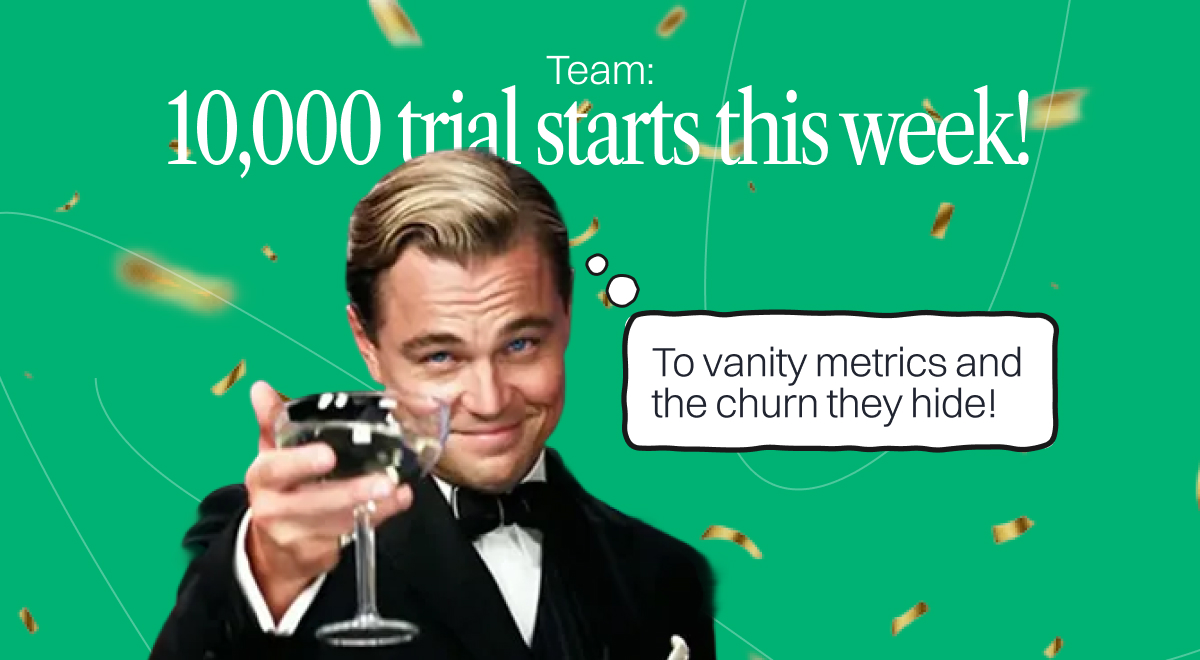
The most dangerous misconception about growth strategy
Campaignswell: What belief quietly blocks scale? What’s the most dangerous misconception about subscriptions that blocks apps from scaling big?
Alice: Two beliefs quietly block scale: <highlight-pink>the idea that growth is only about acquisition and trial starts, and the habit of treating the top of the funnel as the whole game<highlight-pink>. I see teams pour effort into trial starts and onboarding, and many lean heavily on acquisition because that’s what brings users in. Sometimes there’s a full acquisition team in place and nothing meaningful happens once people land in the product. Mobile Growth Conferences used to amplify this bias — the conversation tiltted toward acquisition topics. Although this has improved over the last year or so.
In reality, retention and LTV are the multipliers. You still need a solid, data-driven acquisition strategy that brings in the right audience. When you get that part right, trial starts and conversions rise on their own. Then you layer retention tactics so growth compounds over time.
If the product doesn’t guide people to real use and habit, you end up with a leaky bucket: users flow in, the curve never compounds.
Signals a team can scale, and the red flags
Campaignswell: When you first meet a team, what signals tell you they can execute for 10× growth and what red flags warn you they can’t?
Alice: A strong sign is clear ownership of monetization, one person who drives it top down and treats it as an ongoing initiative. I also look for a team that works beyond the paywall and beyond acquisition, with a real understanding of the product itself. And then data: if decisions run on data rather than gut feel, that usually changes everything. When it’s emotion-led — “this idea seems cool, let’s ship it” — profit tends to suffer.
Flipping that around, the red flags are straightforward. If nobody owns monetization, I’ve seen projects turn into me acting like a lone wolf while everyone else does their own thing. Without executive buy-in CEO, CMO, and the C-suite, the rest of the team won’t rally behind the work. Another red flag is leaning entirely on acquisition and ignoring what happens after the install. And then there are unrealistic expectations. I’ve had smaller-scale clients expect push-notification engagement like a major news publisher, think New York Times or Huffington Post, completely different industry and scale. That’s where expectation setting has to happen fast. Teams that scale are realistic, product-literate, data-driven, and very clear about who owns monetization.
Campaignswell: Have you noticed a link between a founder’s background and how well they scale? Any patterns in who tends to succeed at growth and why?
Alice: Founders come from all kinds of backgrounds. The strongest pattern I’ve seen is less about the title and more about fluency in statistics and experiment design. The people who really understand how to set up clean tests, size samples properly, decide run length, and read results with discipline tend to be very sharp in growth. That isn’t my own background and I even wish it were. When that kind of rigor sits at the top of the company, it usually helps the whole team execute better and scale with more confidence.
The second part of Alice’s growth insights drops next week, all about pricing, paywalls, and the moves that turn thinking into profit. Stop by and stay empowered.
Campaignswell: your growth partner for the 10× leap
If you’re building your own 10× growth system and need a reliable partner to see the full picture, that’s what we do at Campaignswell — a SaaS BI platform for performance marketers who want predictive clarity without the engineering pain.
We bring all your performance, product, and monetization data together in one place and enrich it with predictive LTV and ROI models. You see what’s working, what’s next, and where to scale fast and confidently.
No more spreadsheets or manual revenue calculations. We handle the messy part, like fees, refunds, mismatched data, and give you clean, trustworthy numbers you can actually make decisions on.
With Campaignswell, you uncover your gold-mine cohort, the users who truly drive profit, so you can finally put your budget where it multiplies instead of disappears.
Our clients have already made their own 10× jumps with Campaignswell. You can explore their results in the Case Studies section.
Or you might want to book a demo to see how it looks when all your data finally clicks into one clear story.

Co-founder & CEO at Campaignswell


